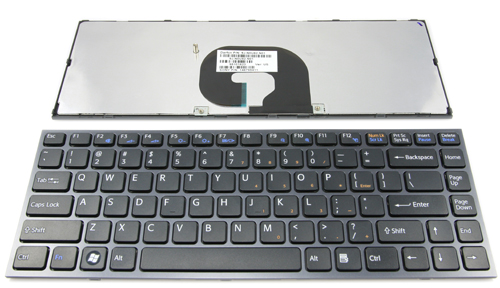
If your data seems to fit a wave, then your best fit equation is likely achieved with trigonometic regression.

The most accurate way to make predictions about a data’s future behavior is to find an equation that best fits the data. While a scatter plot can give you an idea of the function’s behavior, it isn’t very good for predictions, unless you throw in a bit of guesswork. You could probably also guess that your data is trigonometric by looking at the up and down pattern of the y-values (for example, 18 to 17 and back to 18 again). If you view a scatter plot on the TI-89, you’ll discover that the dots travel in waves. Trigonometric regression is performed when a scatter plot of data suggests a trigonometric function, or wave like appearance.
#CALCULUS MADE EASY TI 89 ACTIVATION KEY HOW TO#
That’s How to find Linear Regression on TI-89! 2. Step 10: Insert the calculator’s result into the equation y’ = ax+b: y’ = -2.9x+15.06 The calculator returns the value of a and b for you to enter into the equation y’=ax+b (in our equation, a = -2.9 and b = 15.06). Enter ALPHA ) 2: this puts c2 into the space. Step 9: Press the down arrow key to the next row (y). This tells the calculator where your x-variables are. Enter c1 using the alphanumeric keypad (the ALPHA button then a close parenthesis ), then 1). Step 8: Press the down arrow key to the next row (x). Use the down arrow key to select 5: LinReg. Press the right arrow key to bring up a scroll down menu.

The calculator’s cursor will flash on Calculation Type. Press ENTER after you enter each y-value. Enter your y-values in the second column.

Step 6: Scroll to the beginning of the second column by pressing the right and up arrow keys. Step 5: Fill your x-values in the first column (c1): Enter a name (for example, call it LINEAR) by pressing the ALPHA key and using the alphanumeric keypad (the white letters to the top right of every key on the lower half of the calculator). Step 3: Press the down arrow to scroll to the Variable box. Step 2: Scroll down to 3: New using the down arrow key.


 0 kommentar(er)
0 kommentar(er)
